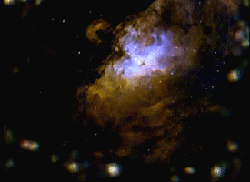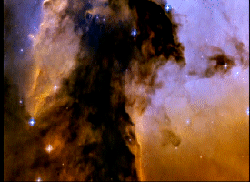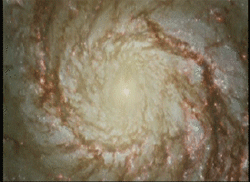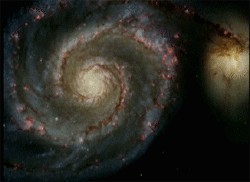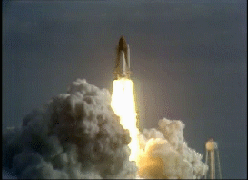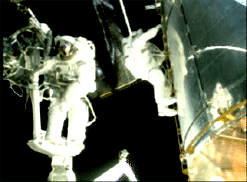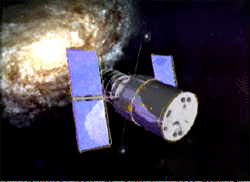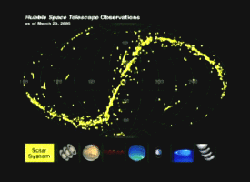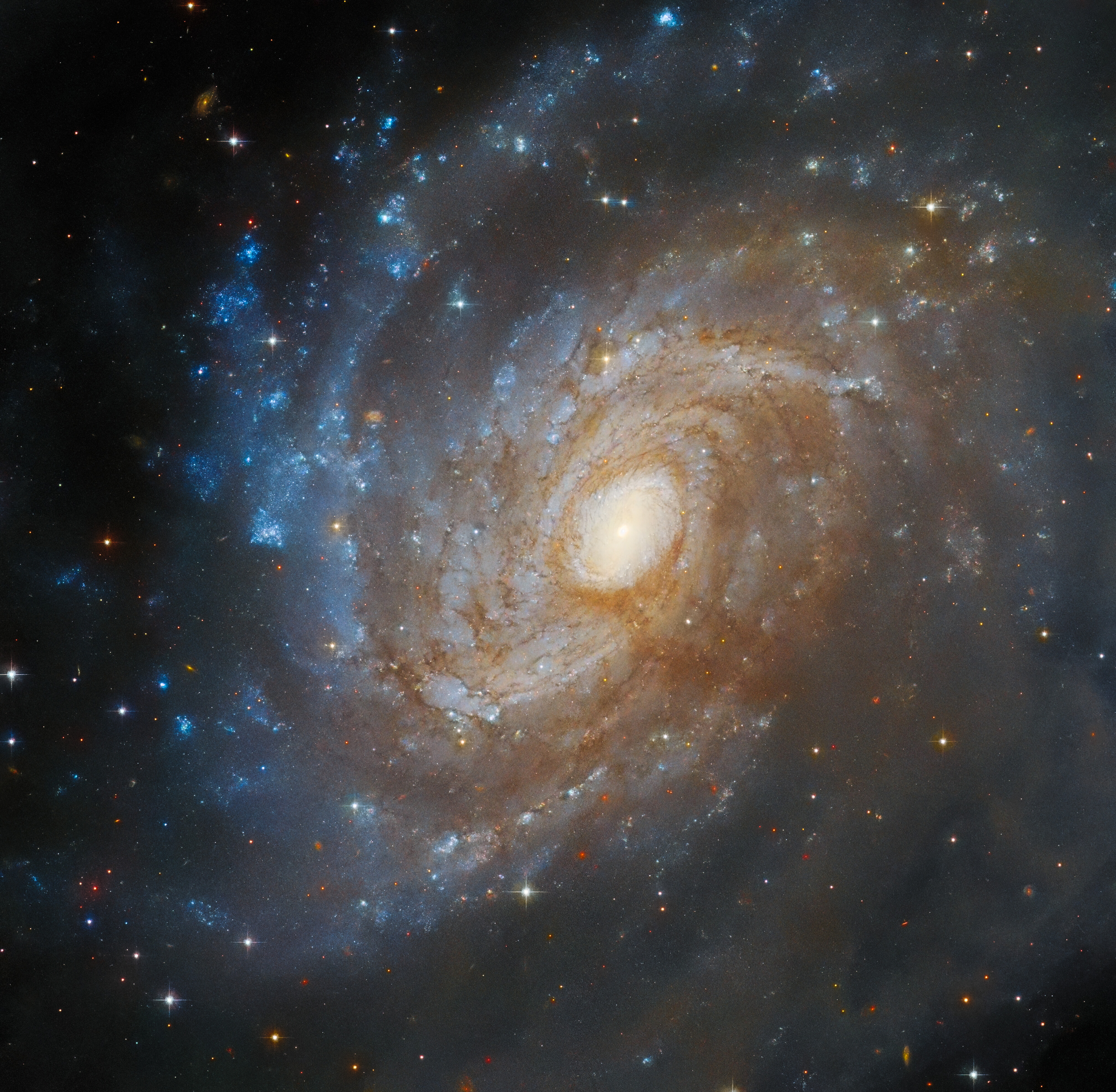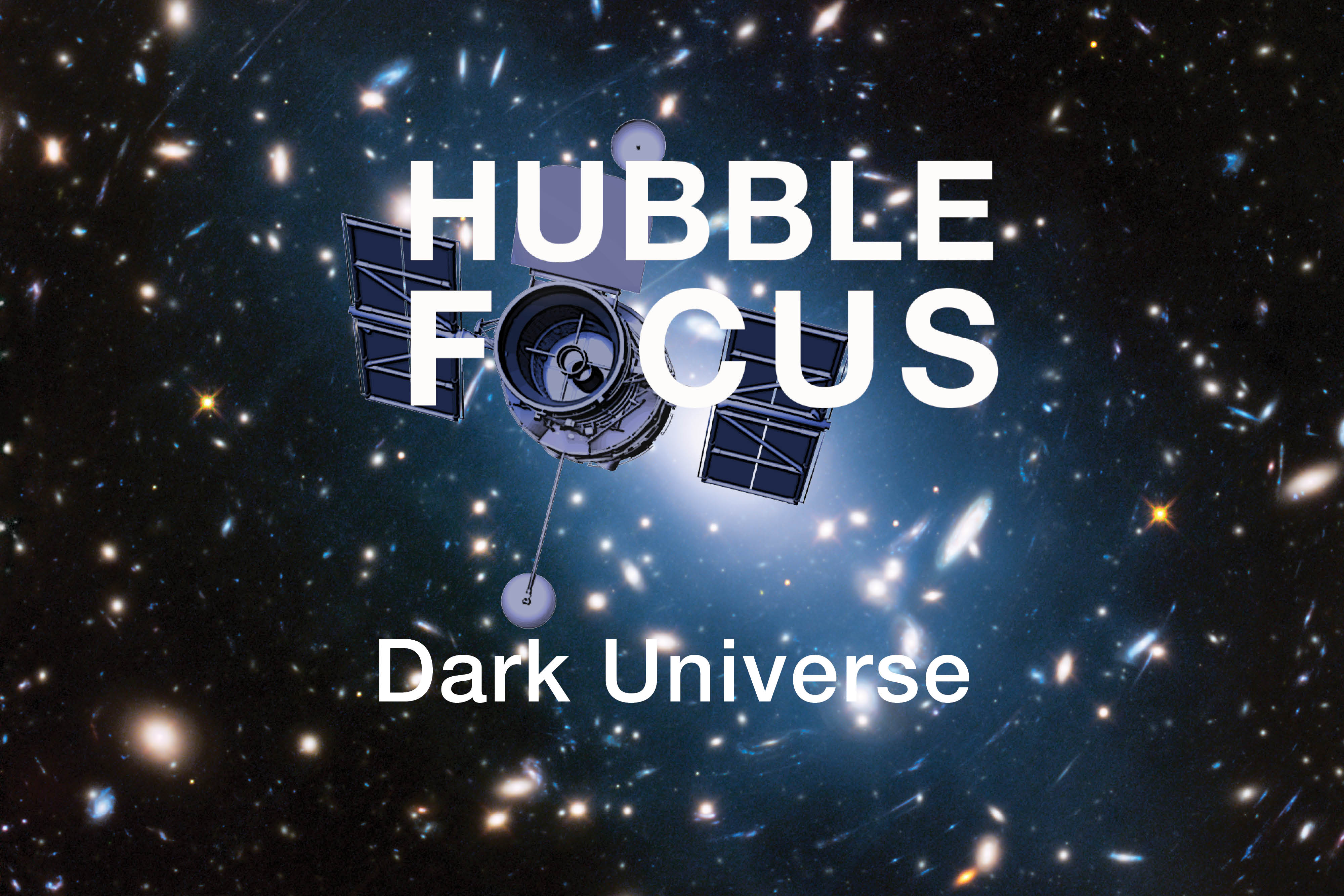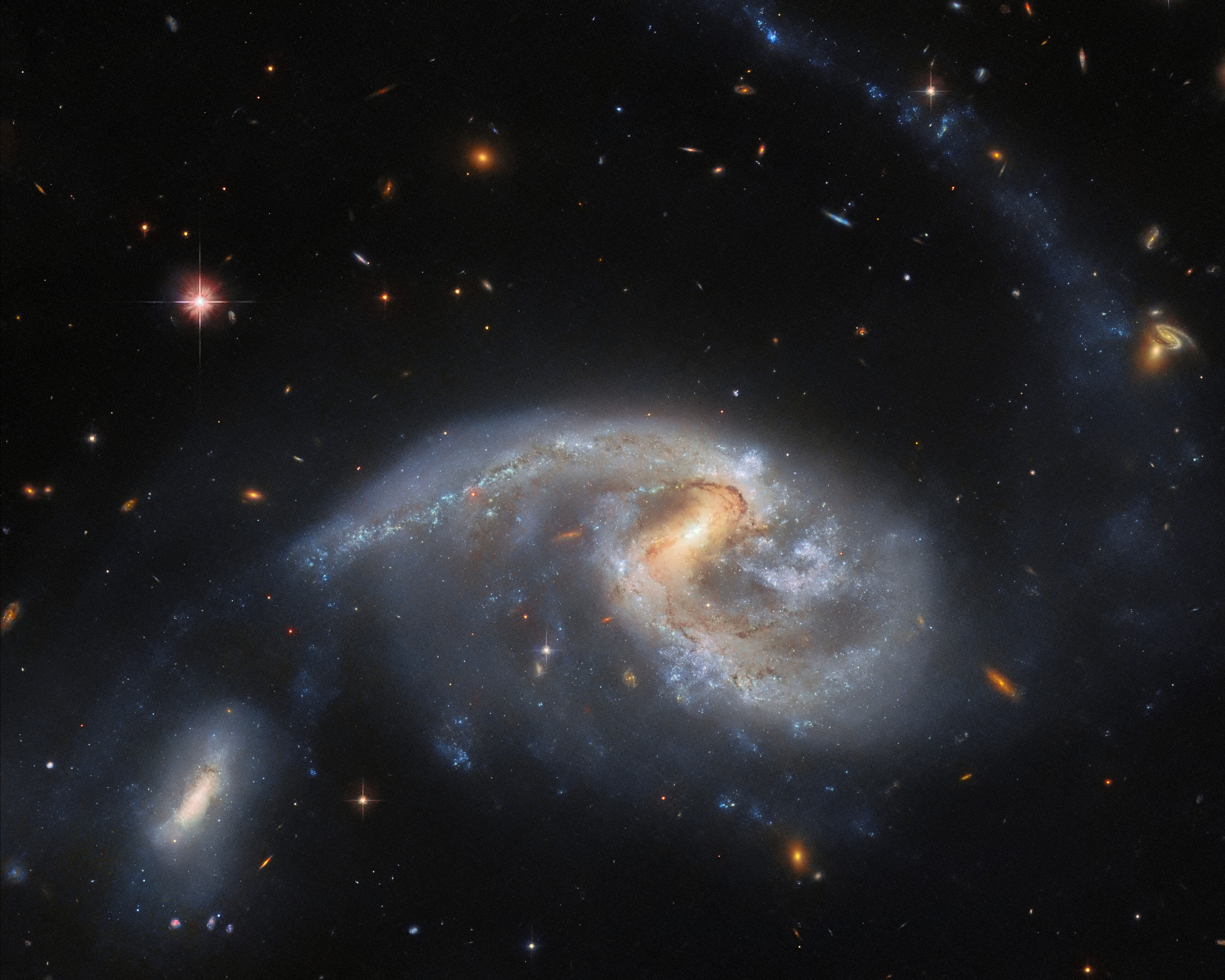5 min read
During the 15 years that NASA's Hubble Space Telescope has orbited the Earth, it has taken three-quarters of a million photos of the cosmos - images that have awed, astounded and even confounded astronomers and the public alike.
Today NASA released new views of two of the most well-known objects Hubble has ever observed : the Eagle Nebula, and spiral galaxy M51, known as the Whirlpool Galaxy. These new images, which are also among the largest and sharpest views Hubble has ever taken, were made with Hubble's Advanced Camera for Surveys (ACS). The two images are so incredibly sharp they could be enlarged to billboard size and still retain all of their stunning details.
Images/movies above -- New Images of Eagle Nebula (M16):
Movie left: A zoom into the Eagle Nebula starting with ground based images from Akira Fuji, NOAO and the Hubble's Advanced Camera for Surveys image revealing intricate details of the star-forming cloud of dust and glowing gas (4.3 MB). Movie right: Tilting up on the Eagle Nebula the camera reveals the fine details captured by Hubble's Advanced Camera for Surveys of a monolithic pillar of gas and dust. (9.0 MB)
Click on each image to view a different movie (no audio on either movie).
For web, wallpaper, and print resolution copies of this image, please click this link:
Credit: NASA
For the 15th anniversary, scientists used the ACS, Hubble's newest camera, to record a new region of the eerie-looking Eagle Nebula , producing an image with stunning detail. The new Eagle Nebula image reveals a tall, dense tower of gas being sculpted by ultraviolet light from a group of massive, hot stars. The new Whirlpool Galaxy image showcases the spiral galaxy's classic features, from its curving arms, where newborn stars reside, to its yellowish central core that serves as home for older stars. A feature of considerable added interest is the companion galaxy located at the end of one of the spiral arms.
Images/animations above: New Images of Whirlpool Galaxy (M51):
Movie left: A zoom pulling out from the center of the Whirlpool Galaxy revealing the fine details captured by Hubble's Advanced Camera for Surveys across the spiral arms, dust lanes and galaxy companion (6.8 MB). Movie right: A pan of the Whirlpool Galaxy that reveals the fine details captured by Hubble's Advanced Camera for Surveys across the spiral arms, dust lanes, and galaxy companion (6.5 MB).
Click on each image to view a different movie (no audio on either movie).
For web, wallpaper, and print resolution copies of this image, please click this link:
Credit: NASA
The Space Shuttle Discovery placed the Hubble Space Telescope into Earth orbit on April 25, 1990, opening a brand new era in astronomy. For the first time ever, a large telescope that viewed in visible light orbited above Earth's distorting atmosphere, which blurs starlight making images appear fuzzy. After installation of a new camera and a device that compensated for an improperly ground mirror, images of planets, stars, galaxies, and nebula began pouring in – all up to 10 times sharper than any previous telescope had ever delivered.
Images/movies above:
Left: The Release of HST into Orbit (STS-61) - Launched on April 24, 1990 (8.25 MB -- no audio).
Click on image to view movie.
Credit: NASA. Right: Footage of HST's last two servicing missions (SM3A & SM3B) (20.6 MB -- no audio).
Click on image to view movie (no audio).
Credit: NASA
Scientists using Hubble have compiled a long list of scientific achievements since its launch 15 years ago. Hubble has:
-- Helped astronomers calculate the precise age of the universe (13.7 billion years old);
-- Helped confirm the existence of a strange form of energy called dark energy;
-- Detected small proto-galaxies that emitted their light when the universe was less than a billion years old;
-- Proved the existence of super-massive black holes;
-- Provided sharp views of a comet hitting Jupiter;
-- Showed that the process of forming planetary systems is common throughout the galaxy, and;
-- Taken more than 700,000 snapshots of celestial objects such as galaxies, dying stars, and giant gas clouds, the birthplace of stars.
Image to left:
Animation of the telescope in space.
Click on image to view animation (42. MB -- no audio).
Credit: NASA
The mural-sized celestial images of the new Eagle Nebula and Whirlpool Galaxy were unveiled this morning at the Smithsonian's National Air and Space Museum in Washington. Later today, more than 100 other museums, planetariums, and science centers from Maine to Guam will unveil these same images.
The Space Telescope Science Institute (STScI) is operated for NASA by the Association of Universities for Research in Astronomy, Inc. (AURA), under contract with Goddard Space Flight Center, Greenbelt, Md. The Hubble Space Telescope is a project of international cooperation between NASA and the European Space Agency (ESA).
Image to right:
15 years of viewing the sky, NASA's Hubble Space Telescope has taken more than 700,000 exposures and probed more than 22,000 celestial targets as represented by the different colored dots in this map of the sky. All data from April 1990 through March 2005 is represented here.
Click on image to view animation (8.3 MB -- no audio).
Credit: NASA
Dolores Beasley
NASA Headquarters
Susan Hendrix
Goddard Space Flight Center
Donna Weaver
Space Telescope Science Institute

